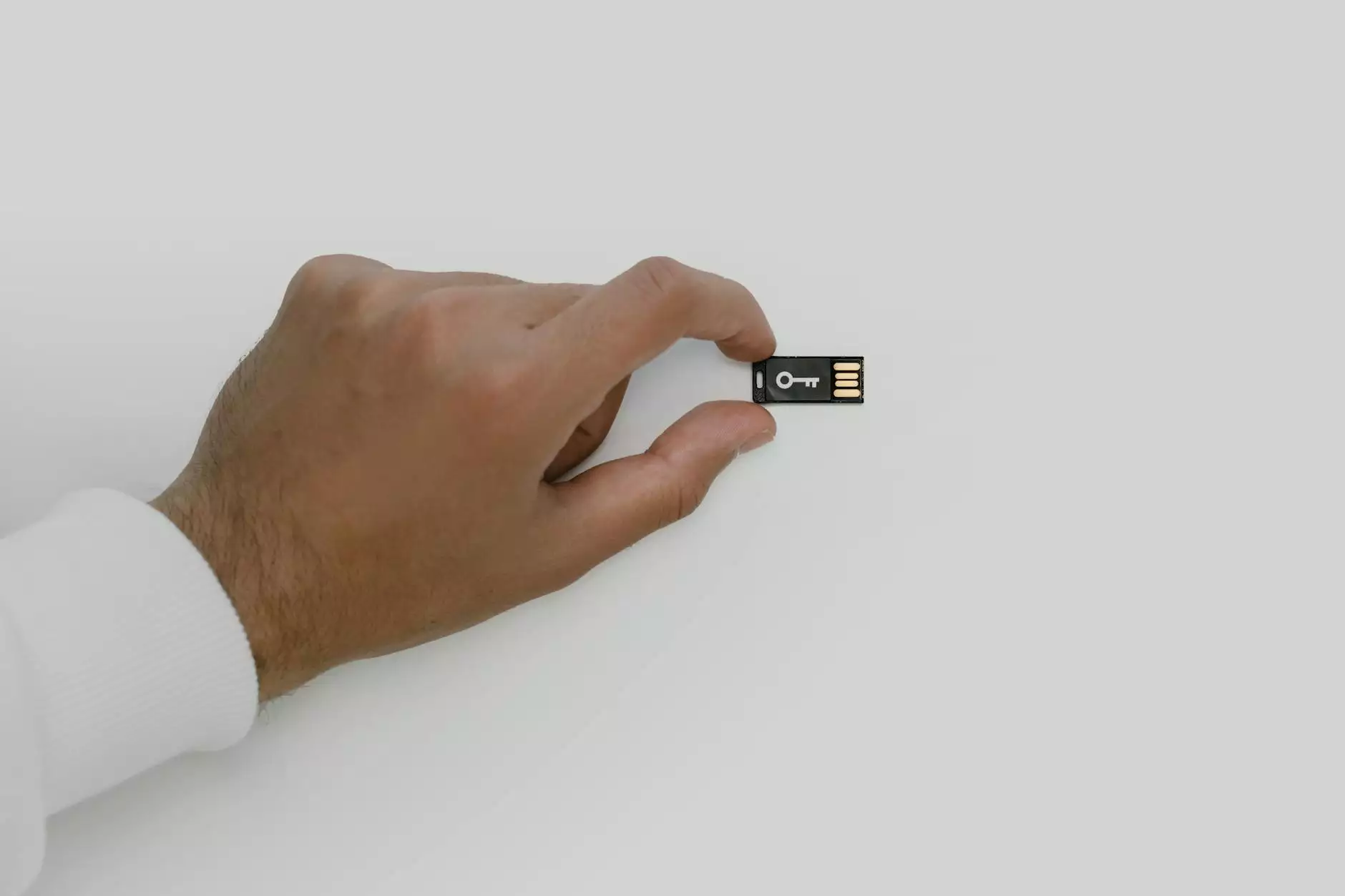Comprehensive Guide to Ingrown Nails Treatment

Ingrown nails can be not only a source of discomfort but also lead to severe complications if left untreated. Understanding the causes, symptoms, and treatment options for ingrown nails is essential for anyone experiencing foot pain. In this extensive guide, we delve into everything you need to know about ingrown nails treatment, to empower you with the knowledge necessary to seek appropriate care.
What Are Ingrown Nails?
Ingrown nails occur when the edge of a toenail grows into the surrounding skin, often leading to pain, redness, and swelling. This condition primarily affects the big toe but can occur on any toe. The most common causes include:
- Poor Nail Trimming Techniques: Cutting nails too short or rounding the edges tends to make them grow into the skin.
- Improper Footwear: Tight shoes or high heels that crowd the toes frequently lead to this issue.
- Genetic Predisposition: Some individuals may be more prone to ingrown nails due to nail shape and structure.
- Foot Injuries: Trauma to the toenail can result in an abnormal nail growth pattern.
Identifying the Symptoms of Ingrown Nails
Promptly recognizing the symptoms of ingrown nails can facilitate early treatment and prevent complications. Key symptoms include:
- Pain: Persistent pain at the toe site, especially when pressure is applied.
- Redness: The surrounding skin often appears red and inflamed.
- Swelling: Swelling may occur around the ingrown nail.
- Discharge: There may be pus or fluid discharge if the area becomes infected.
Importance of Early Ingrown Nails Treatment
Addressing ingrown nails early on is critical to avoid complications such as infections or abscess formation. Early treatment often leads to quicker recovery, less pain, and reduced risk of recurrence.
Home Remedies for Ingrown Nails Treatment
Before seeking professional care, you can attempt some initial home remedies for mild cases:
- Soaking Your Feet: Soak your feet in warm, soapy water for 15-20 minutes to reduce swelling and relieve pain.
- Proper Nail Trimming: Trim the nail straight across (not too short) to encourage proper growth away from the skin.
- Using Cotton Wicks: Gently placing a small piece of cotton under the ingrown edge may help lift it away from the skin.
- Topical Antibiotics: Applying an antibiotic ointment can help prevent infection.
When to See a Podiatrist
If home remedies do not improve your condition or if symptoms worsen, it is crucial to seek professional assistance. You should consult a podiatrist when:
- The pain persists or intensifies despite home care.
- You notice signs of infection, including increased redness, warmth, or discharge.
- You have underlying health conditions, such as diabetes, which may complicate foot problems.
Professional Ingrown Nails Treatment Options
Once you visit a podiatrist, they will evaluate your condition and recommend appropriate treatment options. Ingrown nails treatment can include:
1. Nail Elevation
If the ingrown nail has just begun to penetrate the skin, your podiatrist may gently lift the nail edge. This process involves a number of safe methods to encourage the nail to grow properly.
2. Partial Nail Removal
In cases where ingrown nails are recurring, a partial nail avulsion may be necessary. This procedure involves removing the painful portion of the nail under local anesthesia, providing relief and the chance for proper nail growth.
3. Complete Nail Removal
If the nail is extensively damaged or the ingrown condition has been persistent, the podiatrist may propose a complete nail removal. This treatment helps eliminate the source of recurrent infections and is performed under local anesthesia.
4. Matrixectomy
A matrixectomy is a procedure that removes the nail matrix (the tissue under the base of the nail) to prevent nail regrowth. This option is only recommended for severe cases, as it permanently prevents the nail from growing back. This treatment ensures that you won’t face repeat issues with ingrown nails.
Post-Treatment Care
After receiving treatment for ingrown nails, adhere to the following care instructions to promote healing:
- Follow-Up Appointments: Attend all scheduled follow-up visits to ensure proper healing.
- Keep the Area Clean: Maintain cleanliness in the treated area to prevent infections.
- Avoid Tight Footwear: Choose comfortable shoes that do not compress your toes during the recovery period.
- Watch for Signs of Infection: Be vigilant for any signs of infection, and alert your podiatrist if you notice anything unusual.
Preventive Measures for Ingrown Nails
Taking proactive steps can significantly reduce the likelihood of developing ingrown nails. Here are some preventive measures:
- Proper Nail Care: Trim nails straight across and avoid cutting them too short.
- Appropriate Footwear: Always wear shoes that fit well and allow enough room for the toes to move comfortably.
- Regular Foot Hygiene: Keep your feet clean and dry to maintain good foot health.
- Protect Your Feet: If you’re active in sports or jobs that put your feet at risk, wear protective footwear.
Conclusion: Seek Professional Ingrown Nails Treatment at The Foot Practice
If you are struggling with ingrown nails, it’s essential to address the issue as soon as possible to avoid complications. Professional assessment and treatment from a qualified podiatrist can provide relief and help you maintain optimal foot health. At The Foot Practice, we specialize in treating a variety of foot ailments, including ingrown nails treatment, ensuring you receive the best care possible.
Don’t let ingrown nails disrupt your quality of life—contact us today to schedule an appointment and take the first step towards healthier feet!









